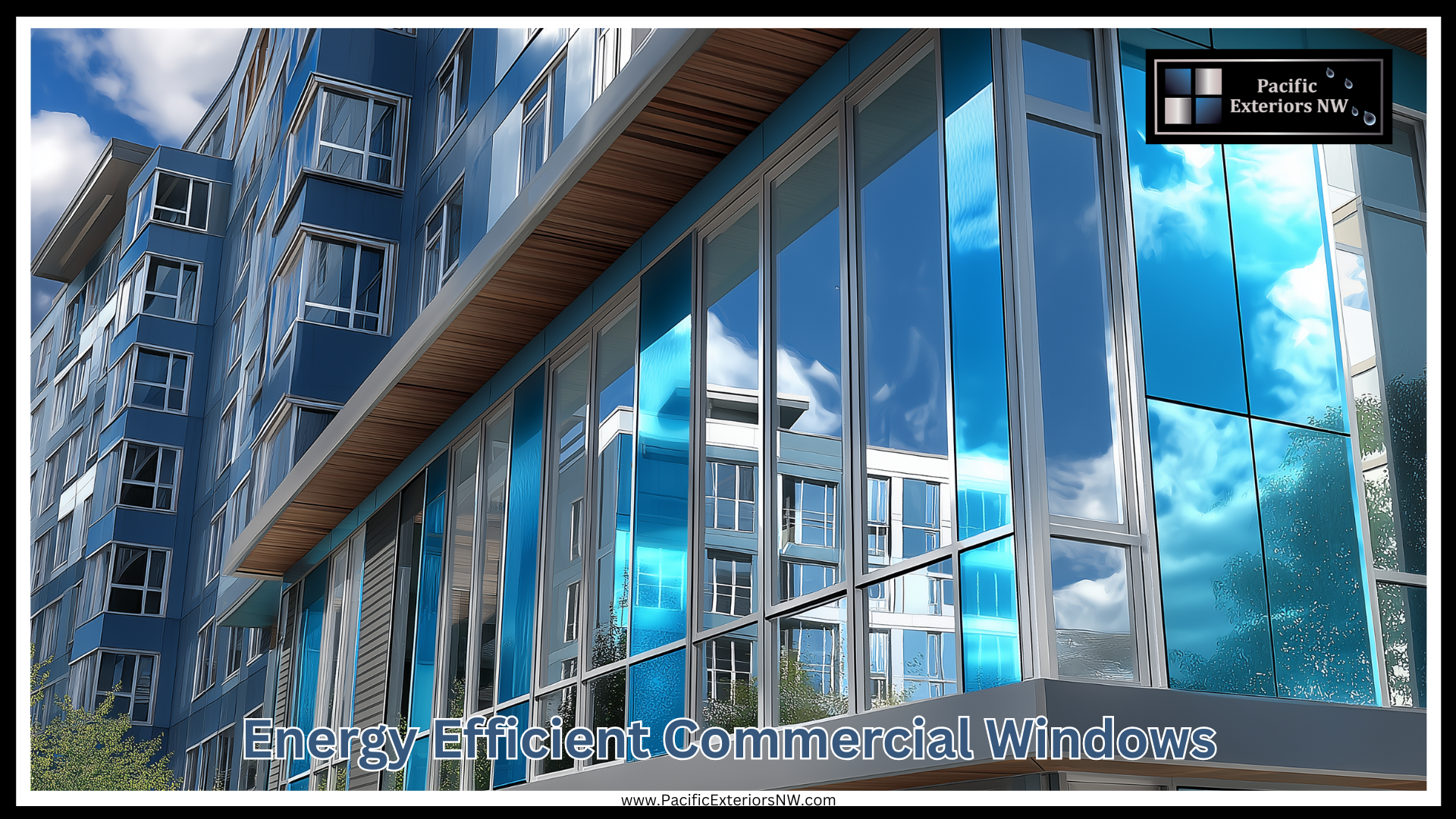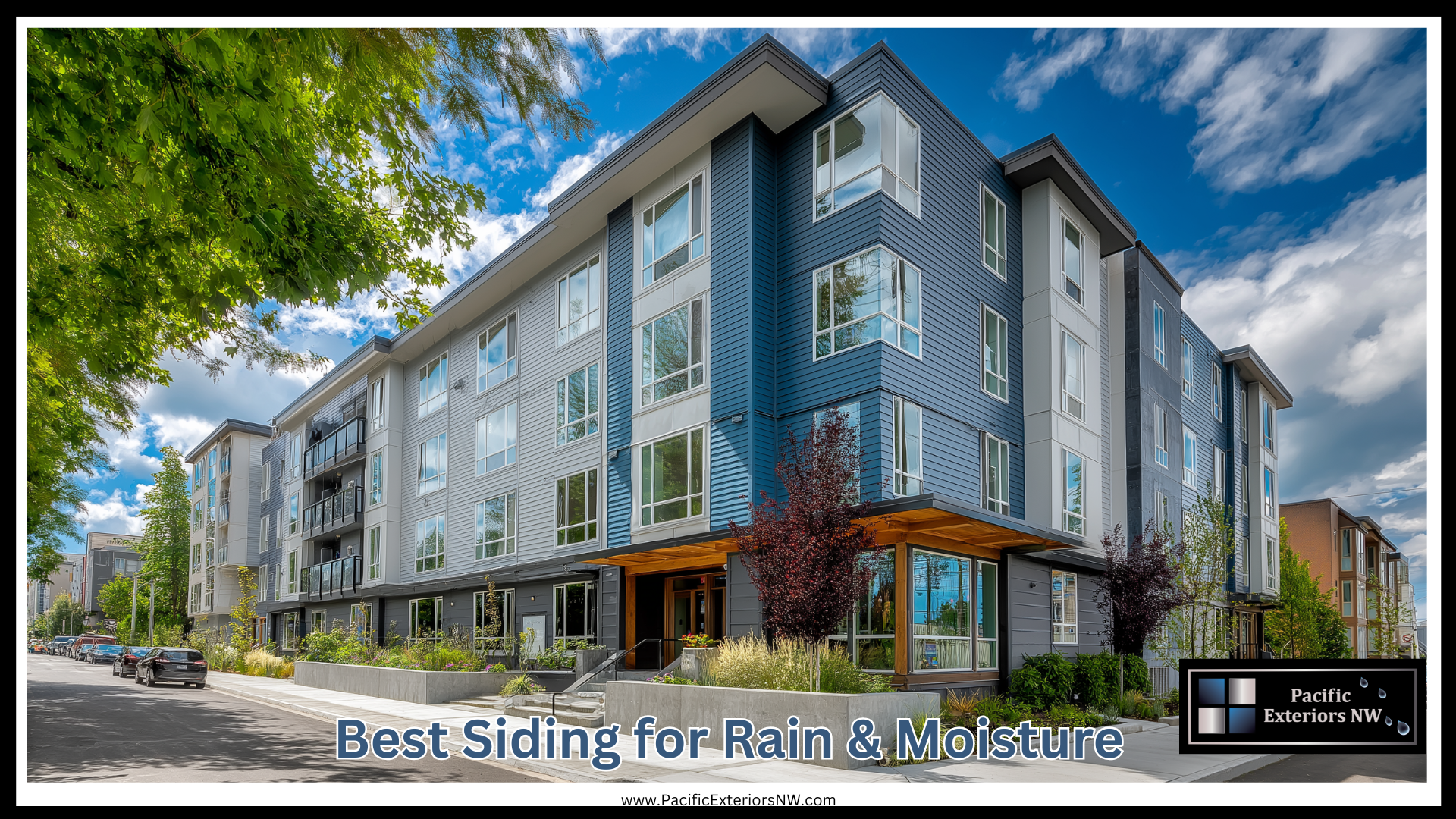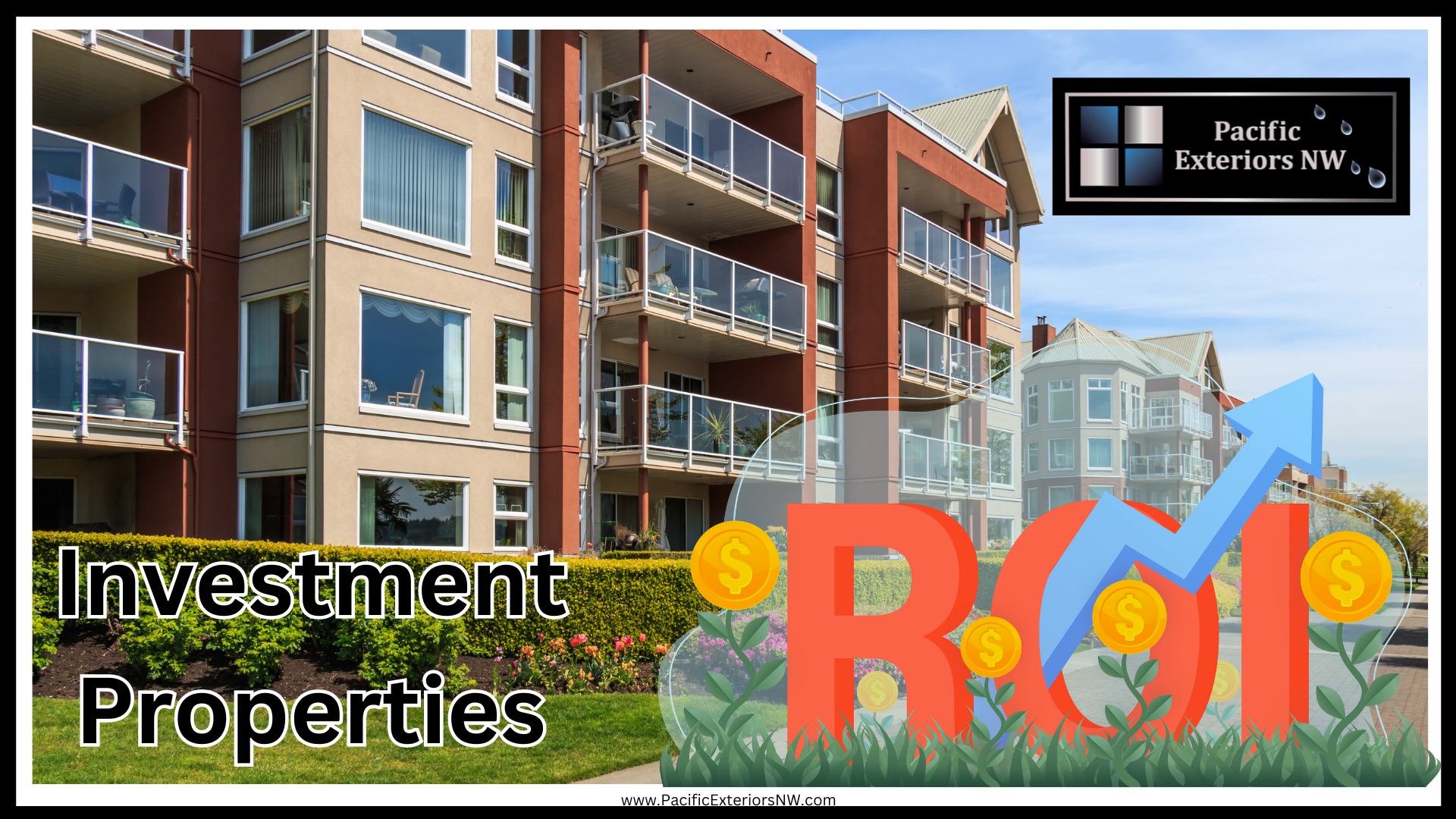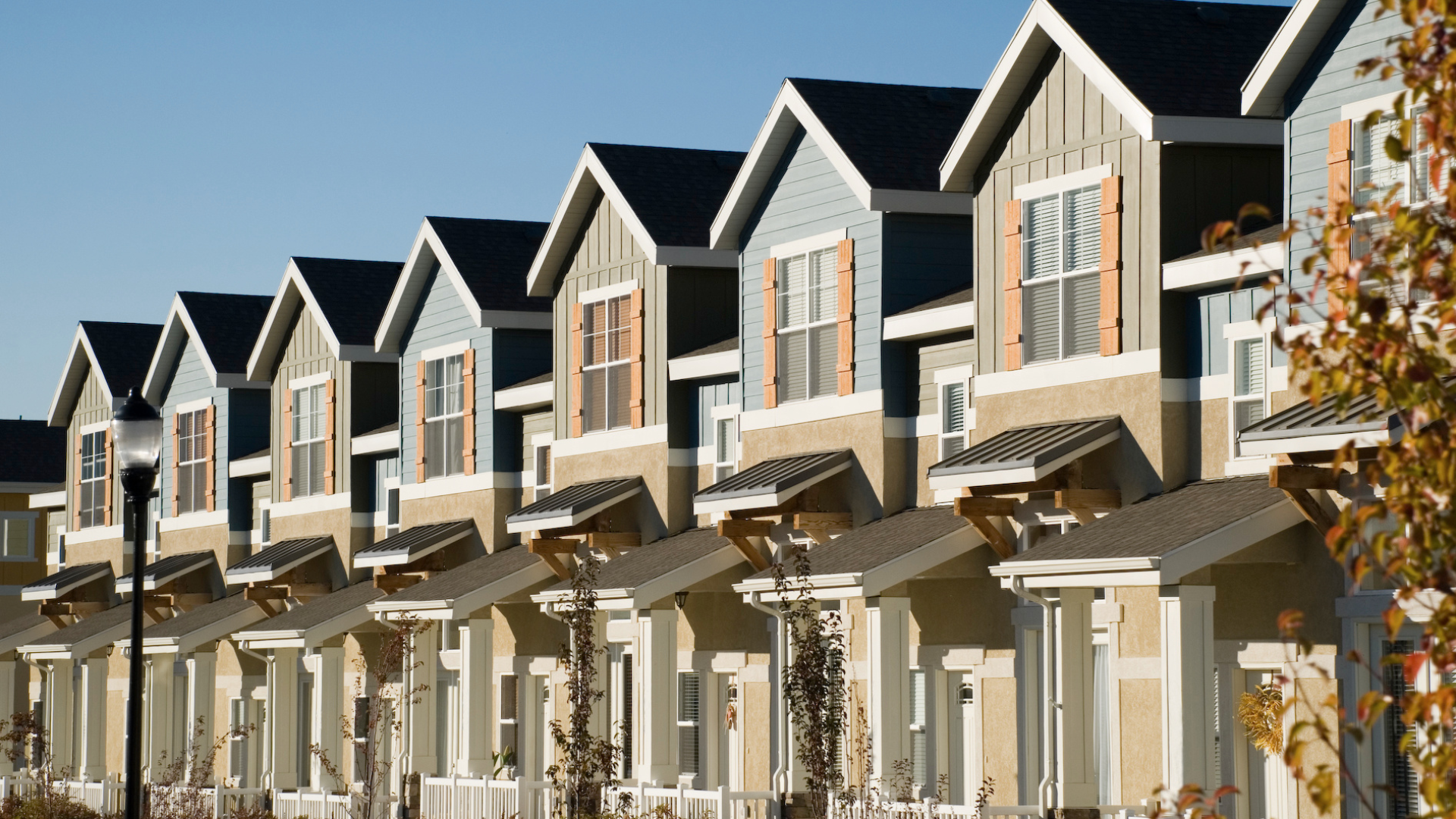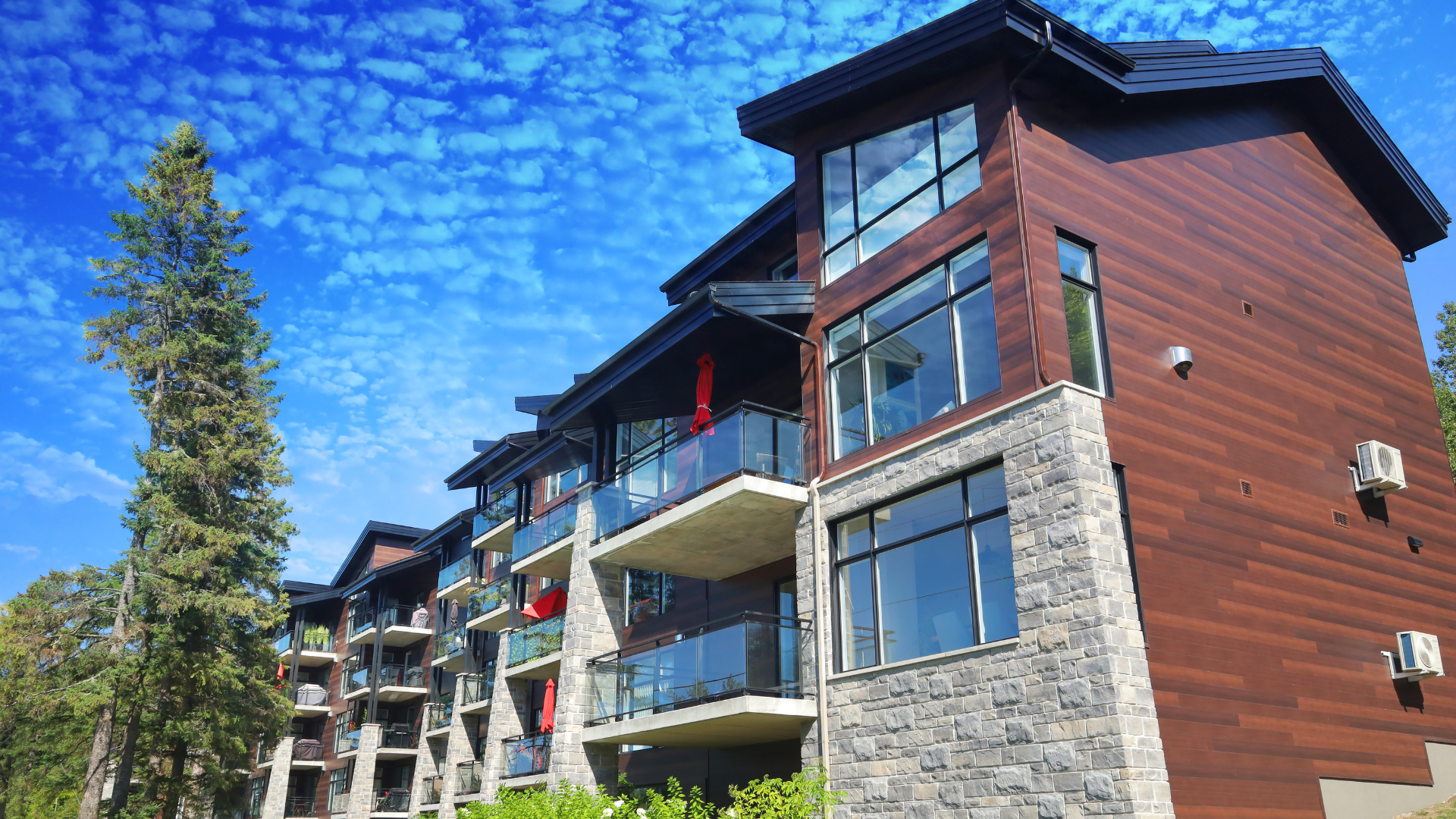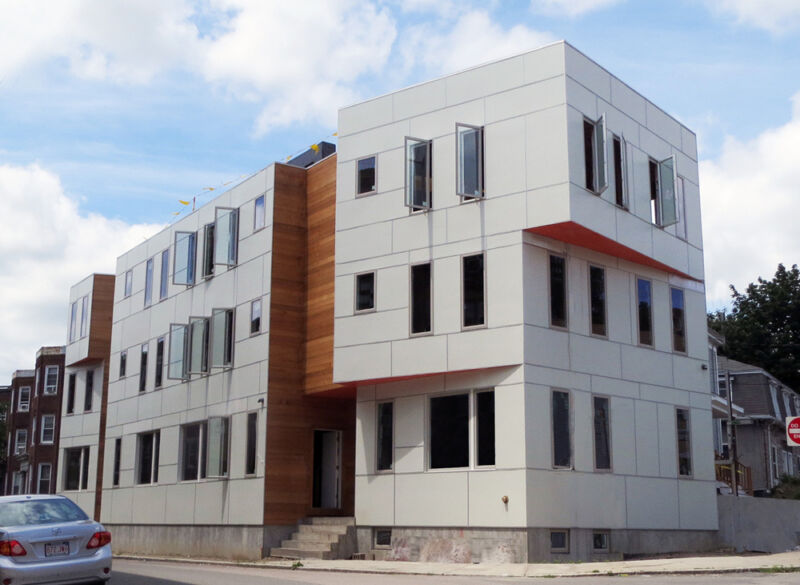
If you’re a landlord or apartment building owner, you know that protecting your investment is paramount. One of the best ways to do that is by ensuring your property is outfitted with durable, fire-resistant siding.
That’s where James Hardie siding comes in. For over 100 years, James Hardie has been manufacturing quality fiber cement board products.
Their products are known for their durability, strength, and resistance to fire and mold, making them ideal for multifamily housing properties.
How do you choose the right James Hardie contractor for your project?
We’ll also provide some tips on what to look for when choosing a contractor.
Table of Contents:
- James Hardie Siding Contractor: The Leader in Fire-Resistant and Mold-Resistant Siding
- The Benefits of James Hardie Siding for Apartments
- How to Choose a James Hardie Siding Contractor for Your Apartment Building
- 5 Reasons to Use a Cement Board or Fiber Cement Board as an Exterior Cladding Material
- Why You Should Consider Installing Fire-Resistant and Mold-Resistant Siding on Your Multifamily Housing Property
- FAQs about James Hardie Siding Contractor for Apartments
- Conclusion
James Hardie Siding Contractor: The Leader in Fire-Resistant and Mold-Resistant Siding
As the leading siding contractor in fire-resistant and mold-resistant siding, James Hardie is the perfect choice for your apartment building.
With various colors and styles to choose from, our team of experts will help you find the perfect solution for your property.
James Hardie has provided quality products and services since 1888—over 130 years! During that time, they became the leader in fire-resistant and mold-resistant siding solutions.
Their products are specially designed to withstand extreme weather conditions, making them ideal for areas prone to wildfires or hurricanes.
Because they’re made with fiber cement, the siding panels won’t rot or succumb to insect damage like wood siding.
Choosing James Hardie means choosing peace of mind. When protecting your investment – whether it’s an office complex, retail center, or residential development – there is no better option than their top-of-the-line products.
The Benefits of James Hardie Siding for Apartments
When choosing the right type of siding for your apartment building, there are many factors to consider. However, one material that should be at the top of your list is James Hardie siding.
Here’s why:
- James Hardie siding is fire-resistant and mold-resistant. This means your property will be better protected against damage in a fire.
- Because mold and mildew can’t grow on this type of siding, you won’t have to worry about unsightly growths on your building’s exterior.
- James Hardie siding is also low maintenance and easy to clean – two critical considerations for busy property managers.
- This durable material doesn’t require painting or staining like other types of sidings; hose it down now and then to keep it looking its best.
James Hardie siding offers all these benefits and adds curb appeal and value to your property – something any savvy investor knows is essential.
How to Choose a James Hardie Siding Contractor for Your Apartment Building
The first step in finding the right contractor for the job is research. You’ll want to look at reviews from past customers and get recommendations from people you trust.
Once you have a few potential contractors in mind, schedule consultations with each one. This will allow you to ask specific questions about their experience installing James Hardie siding and get a feel for their professionalism and level of customer service.
Be sure to compare pricing between different contractors before making your final decision – while cost shouldn’t be the only factor considered, it’s still an essential part of the equation.
After taking all these steps, you can confidently choose the best James Hardie siding contractor for your apartment building!
5 Reasons to Use Fiber Cement Board as an Exterior Cladding Material
We recommend using a fiber cement board as your exterior cladding material.
Here are five reasons why:
- Fiber cement siding is one of the most durable exterior cladding materials available and can withstand extreme weather conditions and pests.
- It is also non-combustible and fire-resistant, making it an ideal choice for multifamily housing properties.
- Fiber cement siding installation is relatively easy compared to other types of exterior claddings, saving time and money on labor costs.
- Once installed, fiber cement boards are low-maintenance, requiring only occasional cleaning or painting to keep them looking new for years.
- They are also eco-friendly and made from recycled materials like wood fiber, fly ash, and Portland cement.
So if you’re looking for a durable exterior cladding material, low maintenance and looks good, too, we recommend using a fiber cement board.
Key Takeaway: Fiber cement boards are an ideal exterior cladding material for apartment and multifamily housing properties because they are durable, low maintenance, and eco-friendly.
Why You Should Consider Installing Fire-Resistant and Mold-Resistant Siding on Your Multifamily Housing Property
When protecting your multifamily housing property, fire-resistant and mold-resistant siding are essential.
Using this type of siding has many benefits, including increased safety for residents, lower insurance costs, and improved resale value.
Here are just a few reasons why you should consider installing fire-resistant and mold-resistant siding on your multifamily housing property:
- Increased Safety for Residents – Fire-resistant siding can help protect residents by slowing the spreading of flames. Mold-resistant siding can also help improve indoor air quality by preventing the growth of mold and mildew.
- Lower Insurance Costs – Insurance companies often offer discounts for properties outfitted with fire-resistant or mold-resistant materials like Hardy Board siding. This can lead to significant savings over time.
- Improved Resale Value—Many prospective buyers view fire and mold resistance as valuable features when purchasing. As such, equipping your multifamily housing with these types of siding can help boost its overall resale price. Installing fire-resistant and mold-resistant siding on multifamily housing properties offers many benefits.
Not only does it improve residents’ safety, but it can also lead to lower insurance costs and improved resale value. This is worth considering if you’re looking for a way to protect your investment and give tenants peace of mind.
FAQs about James Hardie Siding Contractor for Apartments
What is the average labor cost to install Hardie siding?
The average labor cost to install Hardie siding is around $2,500. This price may differ depending on the size and scope of the project. For example, a smaller apartment complex might only require 1,000 square feet of siding, while a larger one could need 10,000 square feet or more.
How many years does Hardiplank last?
Hardiplank siding is a type of fiber cement siding. It is made from Portland cement, wood fibers, and water. Hardiplank siding is one of the longest-lasting sidings on the market. With proper maintenance, it can last upwards of 30 years.
What are the cons of Hardie board?
A few potential cons exist when using Hardie board siding on an apartment or multifamily building. First, it is more expensive than many other types of siding, so an initial financial investment may be required. Also, Hardie board can be challenging to work with and install, so it is essential to ensure that any contractor you use is experienced in its installation.
Finally, because Hardie board is made from cement fiber material, it can crack or chip if not installed correctly or exposed to severe weather conditions.
Are there problems with Hardie Board siding?
From our research, we found some potential problems with Hardie Board siding.
These can include:
Hardie Board may delaminate or crack over time. The nails used to install Hardie Board may rust and cause staining, and joints between pieces of the Hardie Board may loosen over time, allowing moisture to penetrate and causing damage.
Conclusion
As a landlord or apartment building owner, choosing a siding material that is both fire-resistant and mold-resistant is essential.
Pacific Exteriors NW, an apartment siding contractor, offers the best of both worlds, making it the perfect choice for your multifamily housing property. Fiber cement boards are also excellent exterior cladding materials, offering superior protection against fire and mold.



